Let’s be honest—most of us scroll past survival tips thinking, that won’t ever happen to me. But emergencies are sneaky. They hit when we least expect them, and the only thing that might save you is what you already know. So why not prepare just a little?
Here are eight potentially life-saving tips that are simple, powerful, and could totally make the difference when things get intense.
What to Do if Your Car Is Hanging Off a Cliff
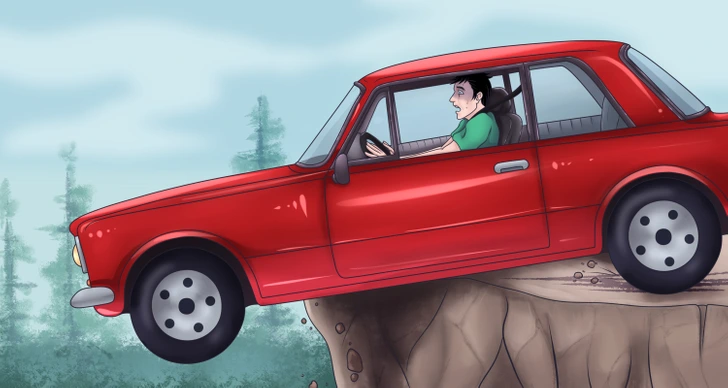
You’re behind the wheel. Suddenly, the front tires slide over the edge of a cliff. It’s a nightmare scenario, but here’s how to stay grounded—literally.
Stay calm. Your instinct might scream “move now,” but a single panicked twitch can unbalance the car.
Keep your foot firmly on the brake. If that’s what stopped the car, don’t risk lifting it.
Passengers should exit one at a time—and from opposite doors if possible—to balance the weight.
If the car’s front is dipping, slowly recline and shift your weight toward the back. Crawl carefully to the rear seat.
Video: How to Survive a Car Hanging Off a Cliff
Unlock all doors and roll down the windows. That way, if something shifts, everyone has more than one way out.
Have kids with you? Let at least one adult get out first. Then pass the kids through the safest exit, ideally into someone’s waiting arms.
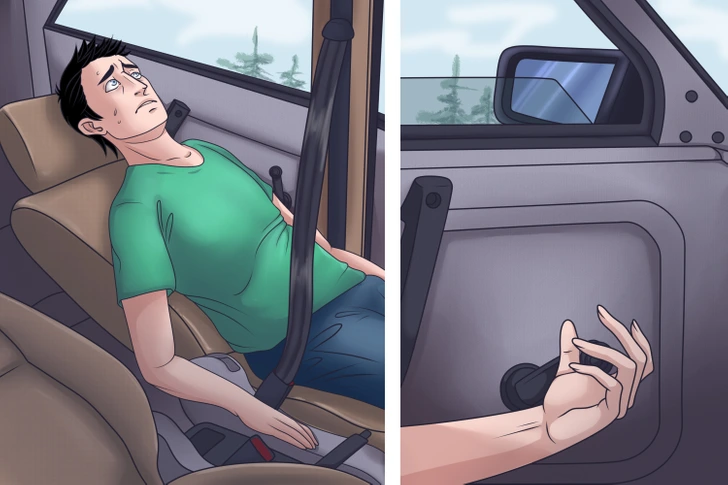
How to Survive If You Fall Through Ice
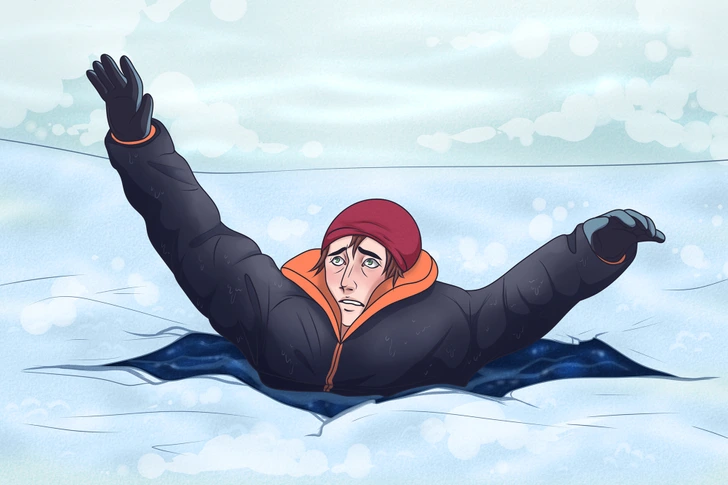
Freezing water shocks the body fast, and the panic can drown you faster than the cold. Here’s how to fight back.
Don’t gasp. That first breath reflex can be fatal underwater. Focus on breathing slowly.
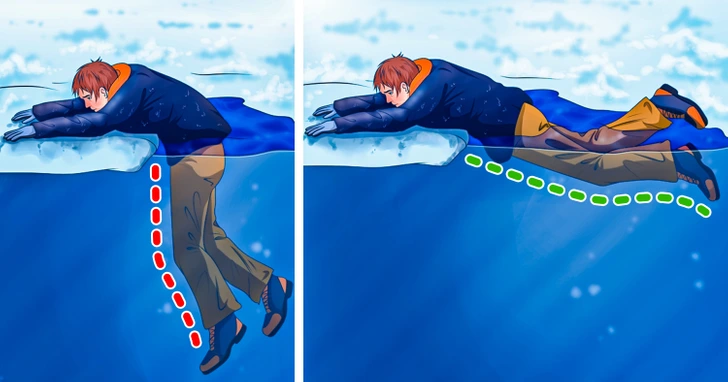
Try to get your chest and arms up on the ice. Stay low and use your elbows to get a grip.
Kick your legs while staying horizontal—like a seal pulling itself onto land.
Let water drain from your clothes for a few seconds. Every drop makes you heavier.
Video: What to expect if you encounter a wolf
Don’t stand up. Roll away from the hole to spread your weight and avoid breaking the ice again.
Once safe, gently move to warm up. Think light push-ups or slow jumping. But don’t go full beast mode—you’ll burn out fast in cold shock.
How to React During a Wolf Encounter
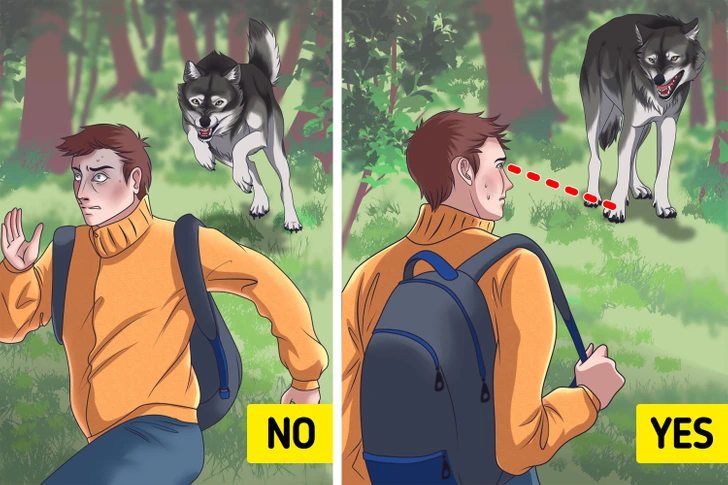
Seeing a wild wolf might feel magical—until it doesn’t. If one starts to approach, here’s how to hold your ground.
Do not run. That’ll flip a switch in the wolf’s brain to chase you.
Avoid eye contact. Wolves see a hard stare as a threat. Lower your gaze slightly.
Make yourself big. Raise your arms, wave slowly, shout with confidence. Don’t scream—be bold.
Back away slowly, facing the wolf. Never turn your back or make sudden moves.
If you can, climb a tree. Keep your eyes on the wolf while climbing.
If attacked, curl up and shield your neck and head. Stay compact to protect vital spots.
Fight back if needed. Aim for the face. Even a quick jab with a stick or rock can throw it off.
With a group? Stand in a tight circle. Face outward to keep track of the wolf and look larger together.
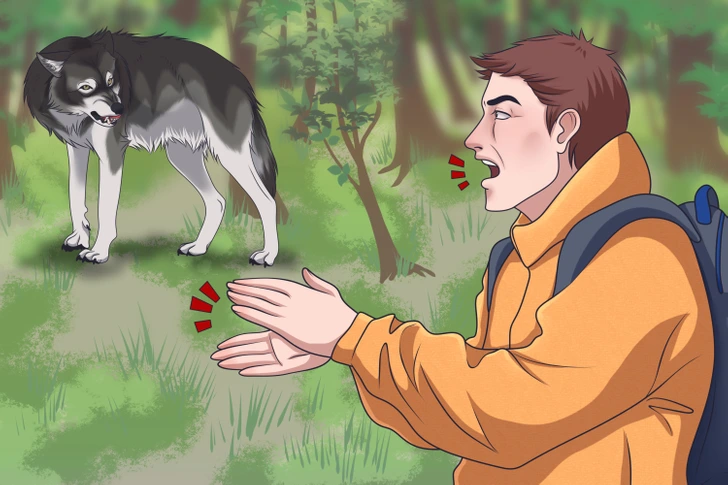
How to Survive an Avalanche
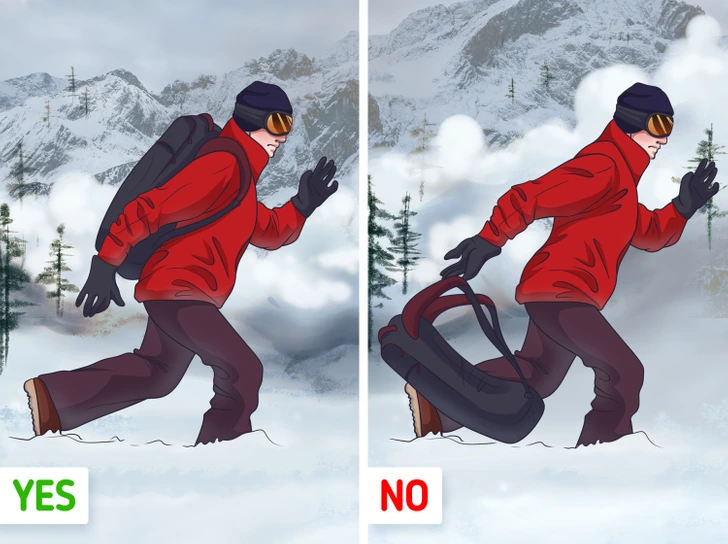
Avalanches are nature’s freight trains—fast, crushing, and terrifying. But knowing how to move could buy you precious seconds.
Check avalanche warnings before heading out. Avoid high-risk trails with loose, wind-shifted snow.
Cover your mouth to keep snow out. Use a scarf, glove, or even your jacket collar.
Drop heavy gear, but keep your backpack on—it can cushion you and act like a shell.
Try to “swim” with the snow. Flail your arms and kick like you’re doing a backstroke.
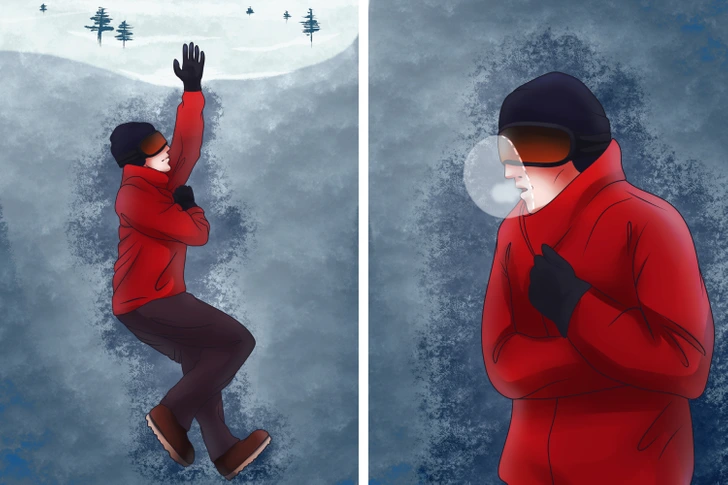
Thrust one arm upward if you’re getting buried. It may poke through the surface and guide rescuers.
Use your hands to create a small breathing pocket around your face. The snow settles like concrete—air space is everything.
Always wear an avalanche beacon or transceiver. It’s a game-changer for rescue teams.
How to Survive Being Lost in the Amazon
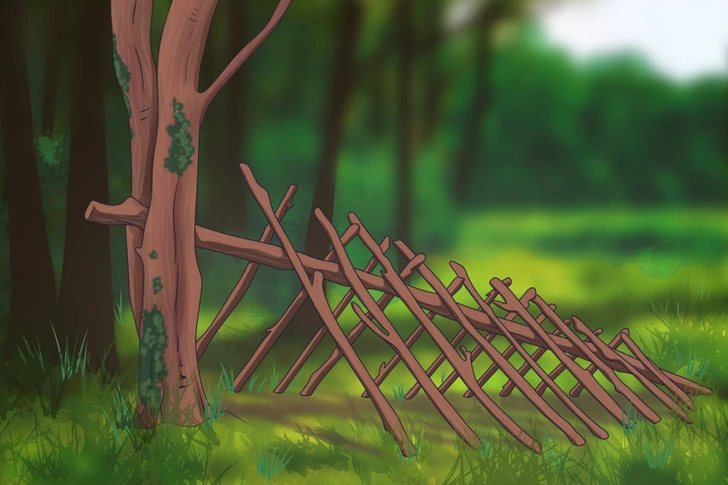
If you realize you’re lost, don’t panic. Your brain is your best survival tool.
Use the S-T-O-P method: Stop moving. Think. Observe your surroundings. Plan your next move.
Look for signs of where you came from—footprints, snapped branches, landmarks.
Pick a direction and commit to it. Wandering randomly wastes energy and makes it harder for rescuers to follow your trail.
Mark your path. Leave sticks, scratches, or paper if you have it to guide anyone coming after you.
Build a quick shelter. A sloped lean-to covered in leaves can keep you dry and protected overnight.
How to Escape a Fast River Current
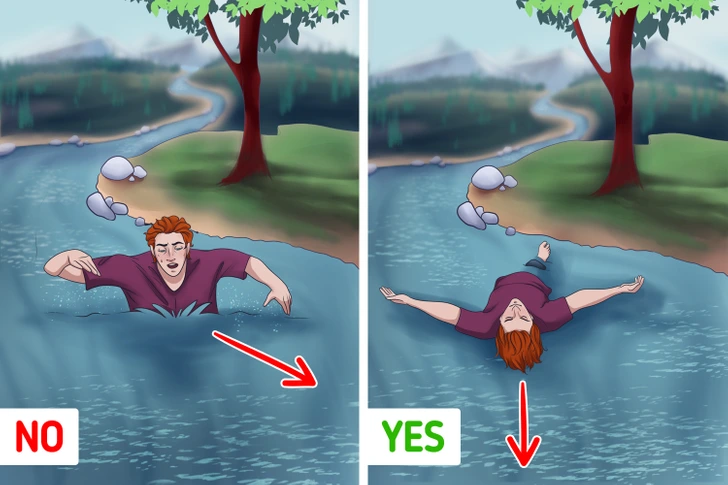
Rivers look peaceful—until they’re not. If you’re swept up in a strong current, don’t panic or fight it head-on.
Swim at a 45-degree angle toward the bank, not directly across. You’ll save energy and make faster progress.
Don’t try to go upstream. It’s exhausting and almost always impossible.
Float on your back with your feet facing downstream. This protects your head from rocks and debris.
Once in calmer water, roll onto your front and swim diagonally to safety.
How to Survive an Anaconda Encounter

Yes, they’re real. And if you’re in their neighborhood (like shallow South American rivers), caution matters.
If one grabs you—don’t exhale. Every time you do, it tightens its grip. Hold your breath and stay rigid.
If you can reach its tail, bite it. Seriously. That tail tip is ultra-sensitive, and pain might force it to release.
If not, punch and jab with whatever you’ve got—fists, sticks, rocks. Anacondas hate resistance.
How to Collect Water With Grass Bracelets
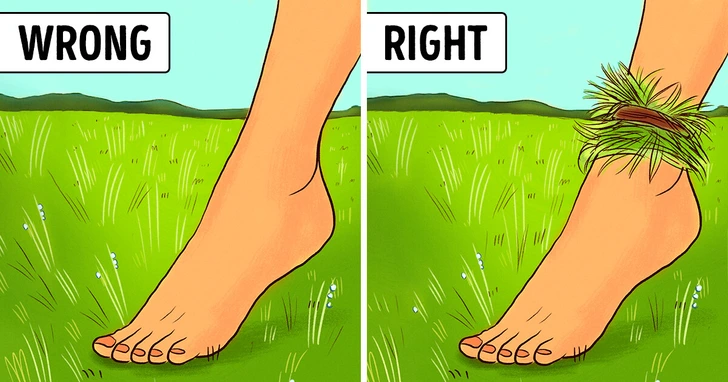
Out of water but stuck outdoors? Steal a trick from the Australian Aboriginals.
Before sunrise, wrap dry grass or cloth around your ankles and take a short walk through dewy grass. The moisture collects fast, and you can squeeze it out into your mouth or a bottle.
It’s not much, but in a pinch, a few sips can buy you valuable time.
Conclusion: Stay Ready, Stay Smart
You may never hang off a cliff, wrestle an anaconda, or fall through ice—but knowing what to do in those moments turns panic into power. Survival isn’t about being fearless. It’s about being prepared, staying calm, and thinking clearly when it matters most. So store these tips away in your mental toolkit—you never know when they’ll make all the difference


